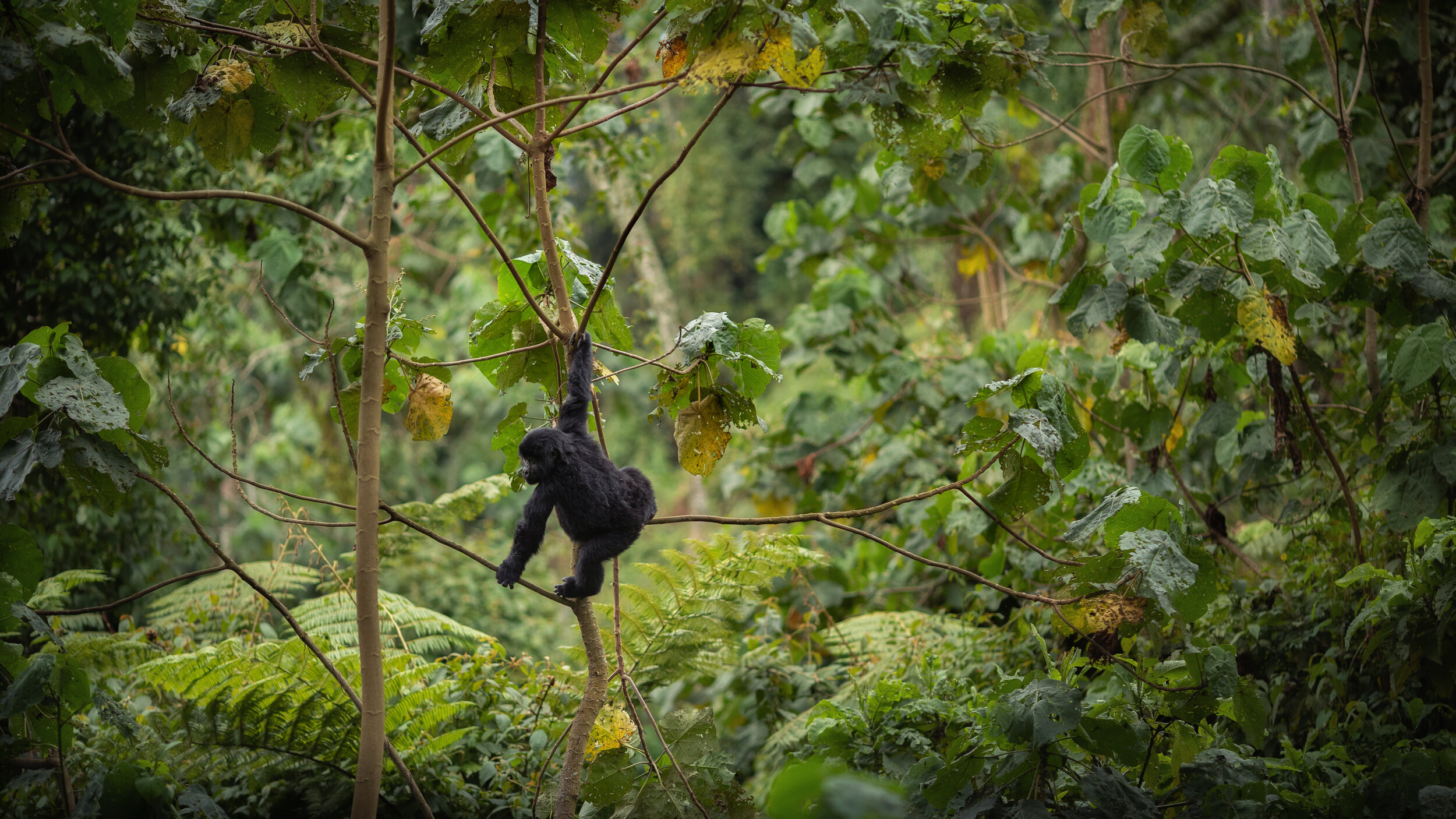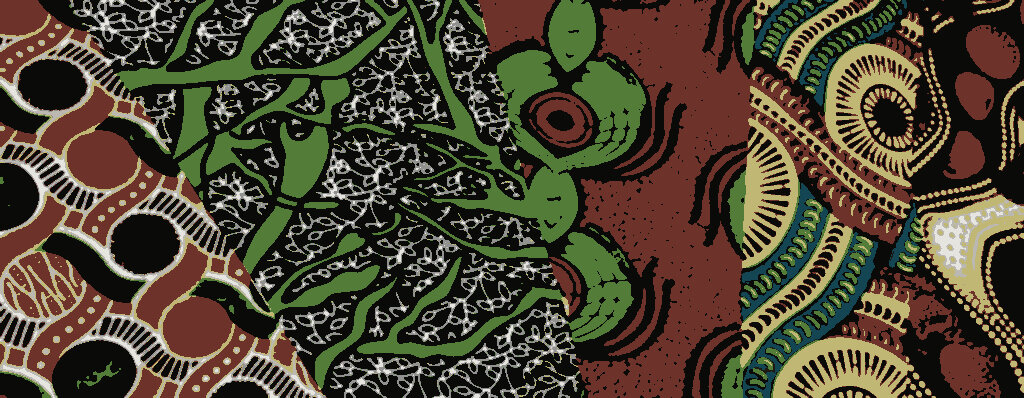
The Congo Basin Rainforest
A Unique Ecosystem
The Congo Basin is the second largest contiguous tract of tropical rainforest in the world. Home to many surviving indigenous communities and endangered species of animals, the Basin is essential to global climate stability.
“Second Lung of Mother Earth”
The Congo River is Earth's second largest river by volume, draining an area almost half the size of the continental US, called the Congo Basin Rainforest. The vast amounts of water and energy exchanged between tropical rainforests and the earth's atmosphere are critical to controlling climate; they regulate rainfall patterns by recycling moisture and keep earth’s surface temperatures lower than in non-forested areas.

DRC Boasts more than 60% of the Congo Basin
The second-largest contiguous tract of tropical forest in the world, the Basin consists of rich, biodiverse rainforests and swamps which span the six central African nations of Cameroon, Central African Republic, Republic of the Congo, Equatorial Guinea, Gabon, and the Democratic Republic of Congo (DRC).

75 million people and 150 distinct cultural groups depend on this rainforest through subsistence agriculture, game, fishing, wood, regulation of local climate and water flows, soil protection and enrichment, and more. Many of these communities practice a traditional hunter-gatherer way of life.
Alongside the Amazon, the Congo Basin is the second largest carbon reserve in the world. Protection of this region is essential to climate stability and mitigation of excess emissions caused by humans.
Aboveground Carbon Stores
Carbon stored in the DRC's portion of the Basin exists in a matrix of both living, aboveground forest vegetation, and partially decomposed belowground vegetable matter in the form of peat. DRC's aboveground forests safely store 24 billion tonnes of carbon locked in vegetation, which amounts to 88 billion tonnes that could be released into the atmosphere if the forests are cut or destroyed.
Below Ground Carbon Stores
The DRC boasts over half of the world’s largest belowground carbon stock, stored in the vitally important Cuvette Central Peatland Complex. Cuvette is a world jewel, containing 30 percent of the world's tropical carbon, and holding soil stocks equivalent to the aboveground vegetation of the entire Congo Basin Rainforest spanning six African nations! Accumulated over 10,600 years, Cuvette stores 33 billion tonnes of carbon - an amount equivalent to twenty years of U.S. fossil fuel emissions!
Home to many species of endangered wildlife, the Basin provides habitat to about half of the remaining elephants in Africa; as well as gorillas, okapis, several species of monkey, hippos, approximately 1000 species of birds, and the world’s only surviving wild bonobos. Home to over 10,000 species of plants, 3,000 of which are found nowhere else in the world, the forest is kept in shape by the effects of large herbivores, as well as human communities. Inhabited by humans for more than 50,000 years, the Congo Basin hosts communities of indigenous Pygmy people, among the most well-known modern representatives of hunter-gatherer lifeways. Their lives and well-being are inextricably linked with the forest.
Biodiversity
THREATS
Land Clearing for Subsistence Farms
Small-scale clearing for farming and domestic livestock (not multinational corporations) is the main threat now facing these forests. Clearing in the DRC's portion of the Basin is carried out primarily by market farmers and poverty-stricken families with no other livelihood options. Between 2000-2014, annual rates of primary forest clearing for small scale agriculture doubled, mirroring the doubling of population. If the DRC's population growth and primary forest loss continue at the current rate, the DRC’s Congo Basin primary forests may be cleared by 2100.
Police Conservation Tourist Parks
Historically, large-scale, top-down land and natural resource conservation has been achieved through violence, placing locally disputed areas under strict preservation by “police conservation." Informed by a past forged by colonizing forces, this approach has generated little benefit to nature conservation and has been detrimental to local, forest-dependent communities who have not been respected as intrinsic components of living ecosystems.
Commercial Deforestation
In the DRC, a 15-year old moratorium on commercial logging has contributed to the preservation of the forest. Despite repeated attempts to violate it, as well as ongoing efforts to lift it, national and international environmental NGOs have maintained continuous pressure on the DRC government to keep moratoriums in place, with success - for the time being. Meanwhile, growing global demand for wood, palm oil, rubber, and other materials threaten the forest through both large-scale agriculture and industrial logging, should the moratorium be lifted. Commercial mining is also a threat.








